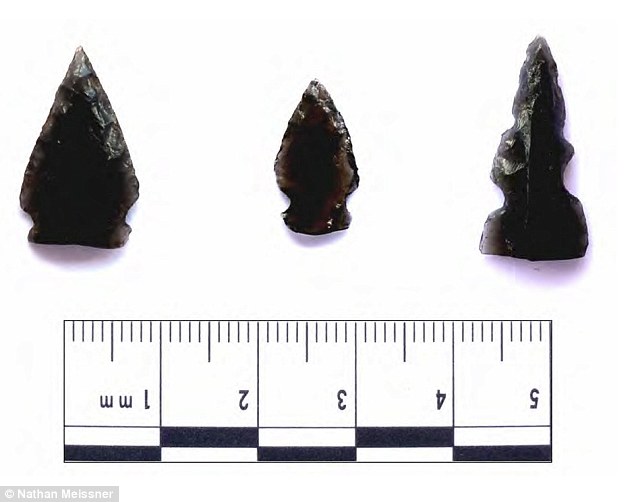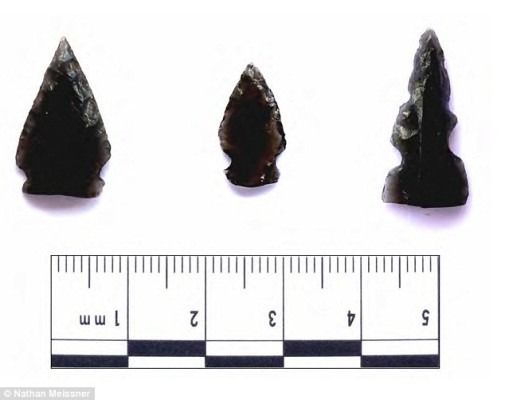Scientists, researchers, and historians have recently tested blood found on ancient arrowheads. What they have discovered is quite interesting and supports the many theories about the human sacrifices Mayans used in order to fulfill rituals for their gods and deities.
The arrowheads were found in Guatemala, which would have been occupied by the Mayan civilization. Archaeologists believe that the sacrifices were done to maintain communication with their gods. The arrowheads were found across five different sites in Central America. There were some found specifically in the temple of Zacpeten. This temple and its environs were used around 500 years ago for the rites.
What investigators and historians believe is that people willingly volunteered to be sacrificed. The Mayans didn’t kill the sacrifices all of the time; sometimes they just did blood-letting from earlobes, tongues, and sometimes genitals.
Some of the other instruments used in the rites besides the arrowheads were stones, carved bones, stingray spines, or even thorny ropes. Some of the arrowheads, which were found by researchers from Southern Illinois University in Carbondale, were made by volcanic glass, also known as obsidian. The researchers believe that the obsidian was used for higher members of the sacrificial rituals. However, it is not totally proven and other historians and researchers believe that whole communities participated in the rituals.
One of the researchers at Southern Illinois University recently told a magazine that the Mayan civilization believed each person had a life force. They believed that the gods who controlled the life forces were fed blood because blood was considered the ultimate gift. Another researcher at the university believes that the blood-letting was not used exclusively for sacrificial rituals, but was also a part of birth and coming-of-age ceremonies. These ceremonies were held to ensure that the connection of the life force remained unbroken between future generations and their ancestors.
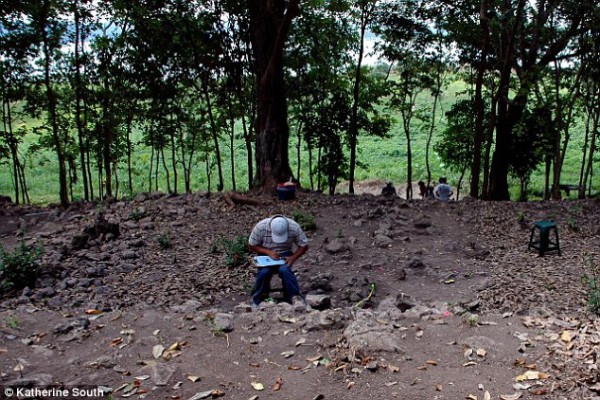
Not only did the volunteers give blood, but the higher rulers as well. Some of the bloodletting included what can be considered violent and gruesome acts. One such act, researchers believe, included running a studded rope through the volunteer’s tongue. Through historical documents that date back decades ago, researchers believe that although the ritual acts were sometimes violent, they did not cause death.
After looking at five sites where the arrowheads were to be found, archaeologists totalled up 108 arrowheads, the majority of which were found in the Peten region and all dated between 1400 and 1700 AD. In order to find out whether the arrowheads may have been used for sacrifices, the researchers used a technique called counter-immunoelectrophoresis. This technique was able to find blood on 25 of the arrowheads. Two arrowheads had human blood on them, while the others showed traces of the blood of animals including large cats, rabbits, rodents, and birds.
In order to find out which animals were killed with the arrowheads, they used protein from the blood on the arrowheads, mixing it with serums that contain antibodies of the different animals. Although the chemical reactions showed the presence of human and animal proteins, one doctor and researcher believes that human blood on the arrowheads could have appeared because of an accidental nick. Thus it isn’t completely certain that humans were actually used for blood-letting with the arrowheads.
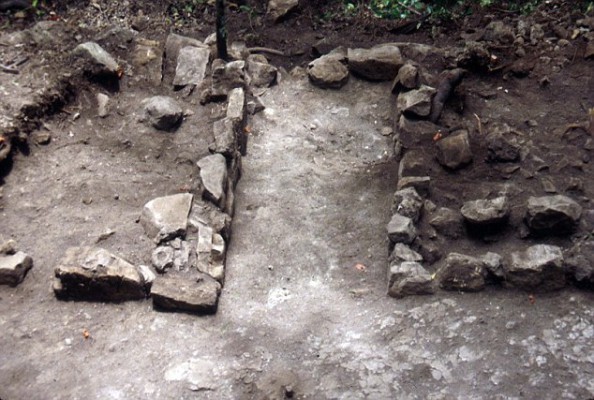
One of the arrowheads with human blood on it was found inside a house near Zacpeten. It could have been used for cooking or cleaning an animal, whereby a person may have cut themselves accidentally. After further research, the impact damage on the tip of the arrowhead suggests that it could have been used as a murder tool instead of for a gentle blood-letting ceremony. Another theory the researchers have is that a wounded person may have been carried back to the house, where the point was then removed so that the arrowhead could then be recycled and used for different purposes.
Not only does the research and study of the arrowheads suggest their use in sacrifices, but also it showcases how many different uses the arrowheads may have actually had. The team leader suggests that a majority of the 108 arrowheads were used for hunting deer, rabbit, peccary, turkey, and alpaca. Some of the larger cats like jaguar, jaguarondi, and ocelots were most likely used in the rituals, but this cannot be fully proved.
Many believe, due to the nature of the sacrifices made by the Mayans, believe that they were a violent and dangerous people. However, the team leader says that this civilization was and still is misunderstood. Some of these ideas come from the first Conquest and have sprung from the stereotypes and anti-indigenous racist ideas of that era.
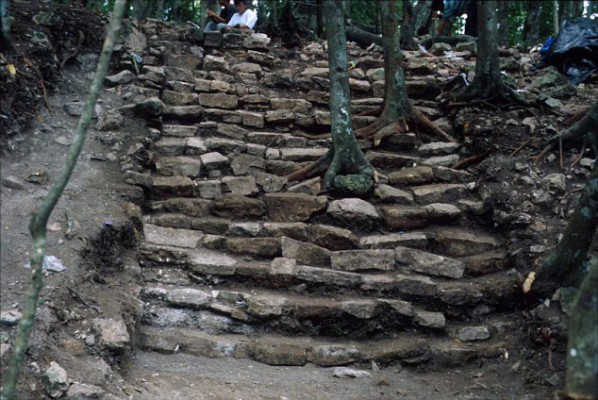
Blood-letting was not some barbaric thing, as many today might believe. To have attracted volunteers the ritual must have been seen as the right thing to do. Through finds such as those of the arrowheads, researchers are coming closer to understanding the myths and the truths of Mayan civilization.
